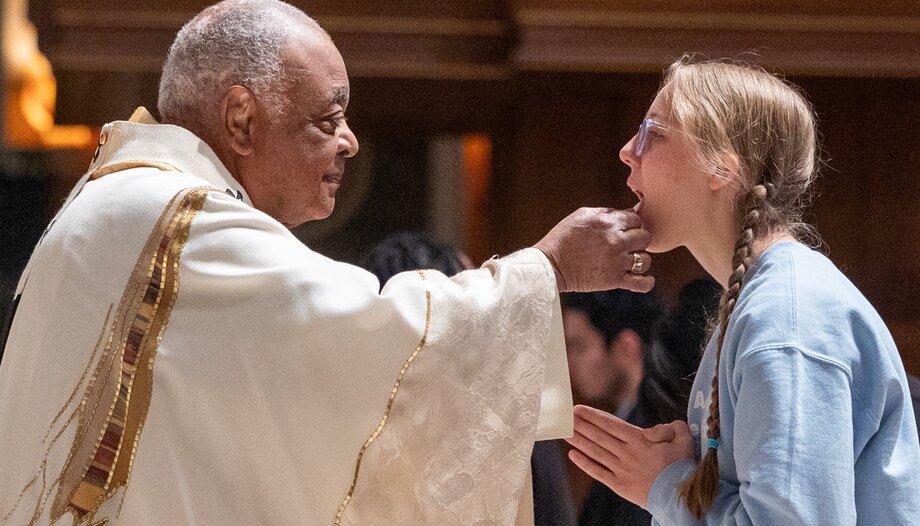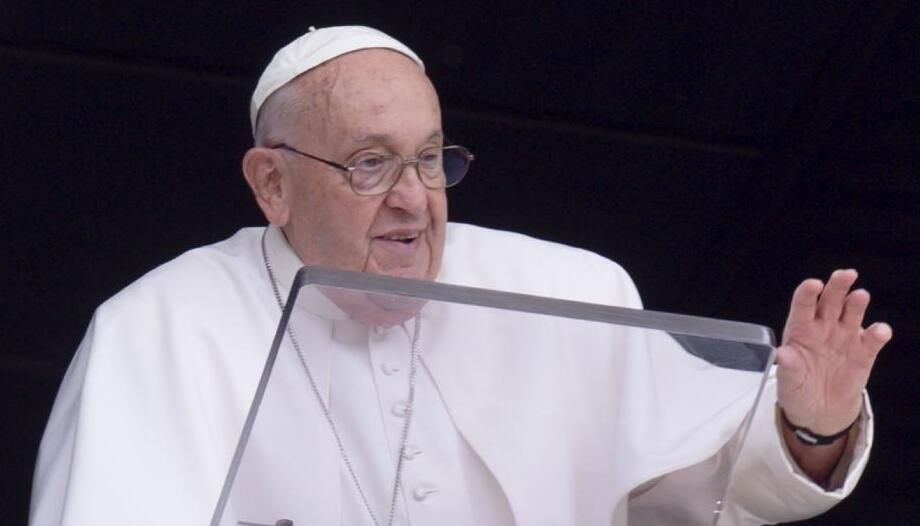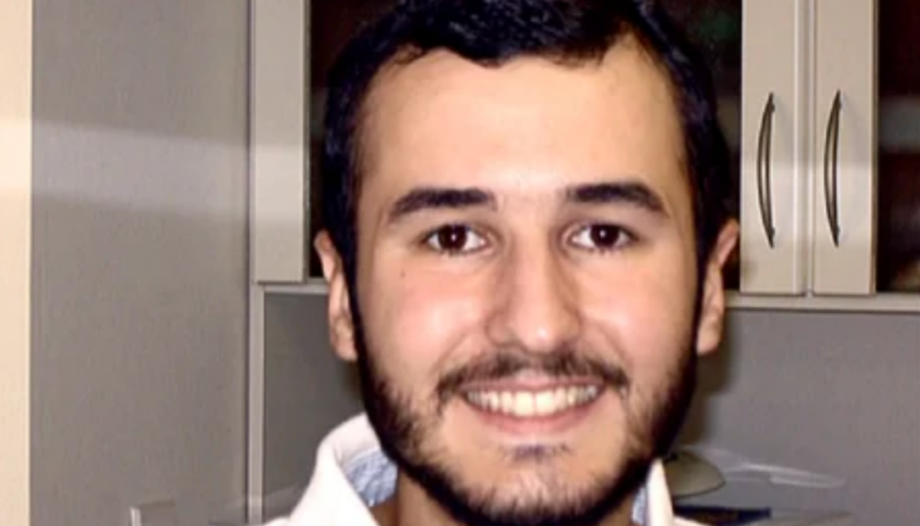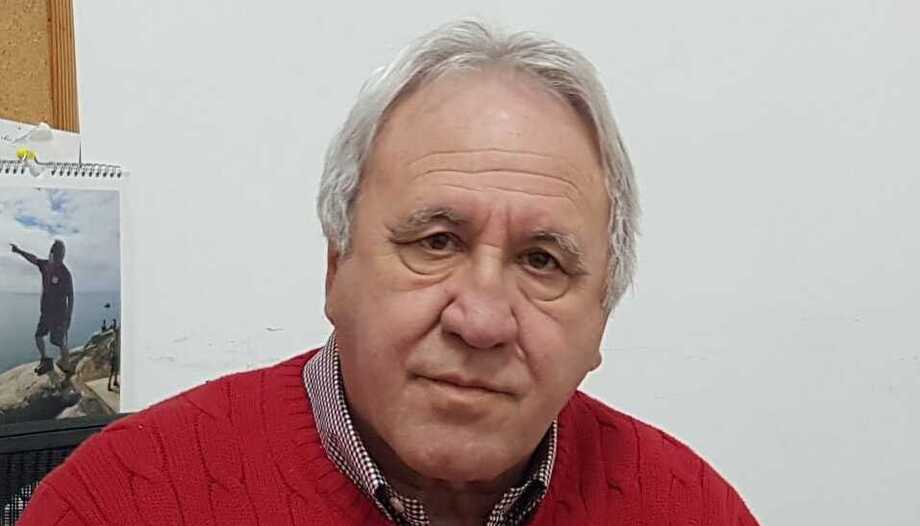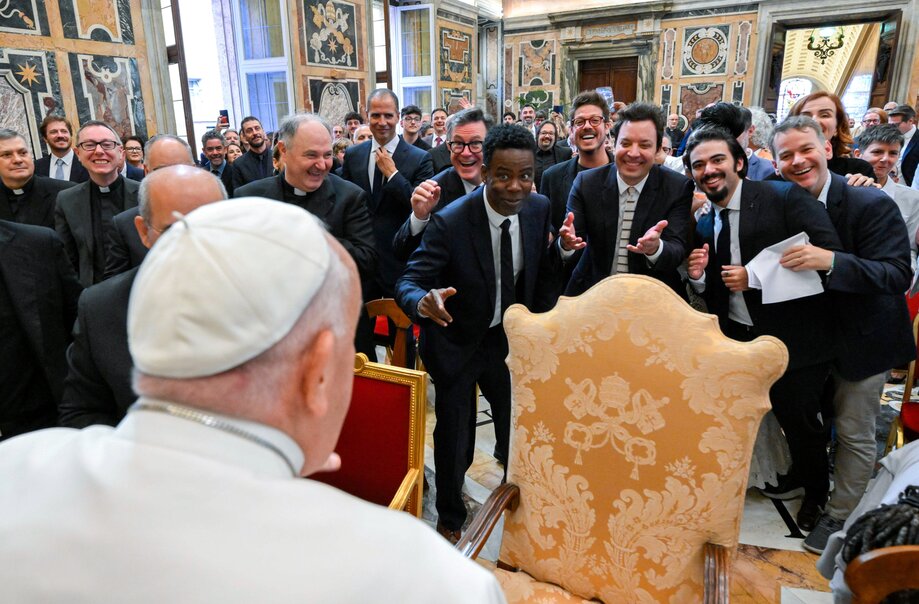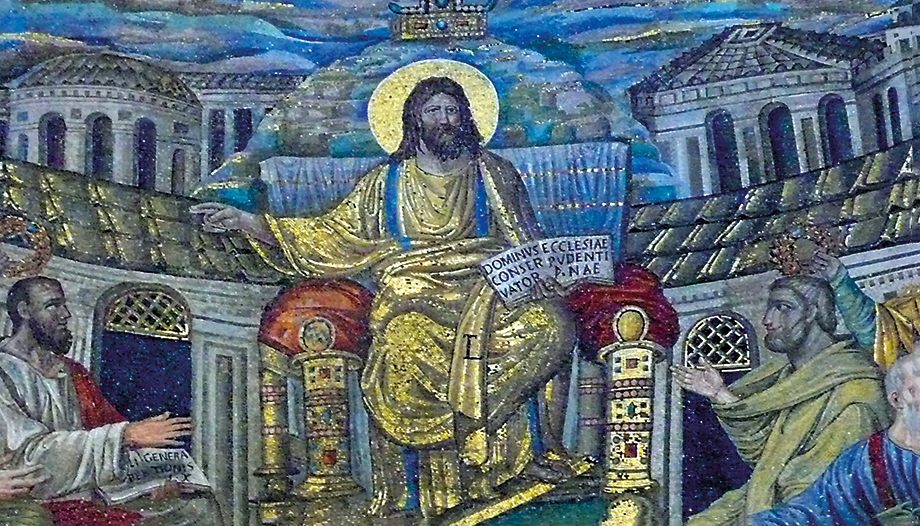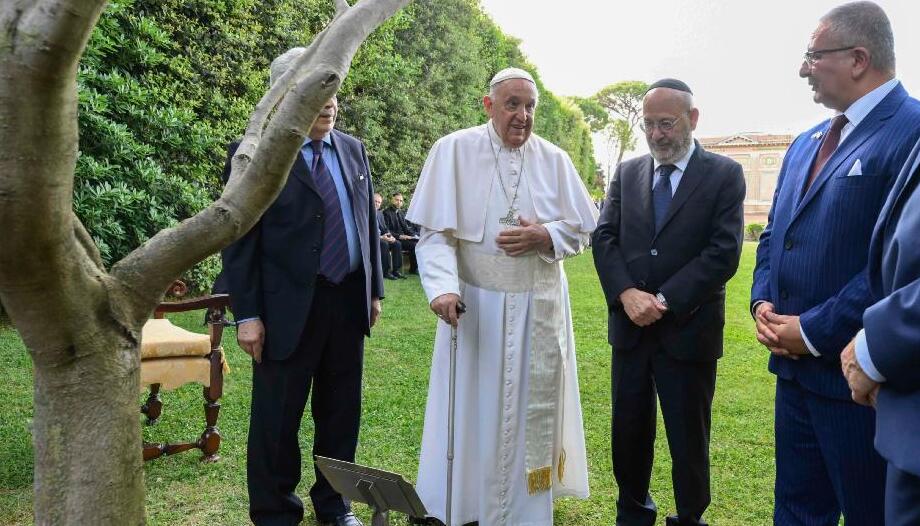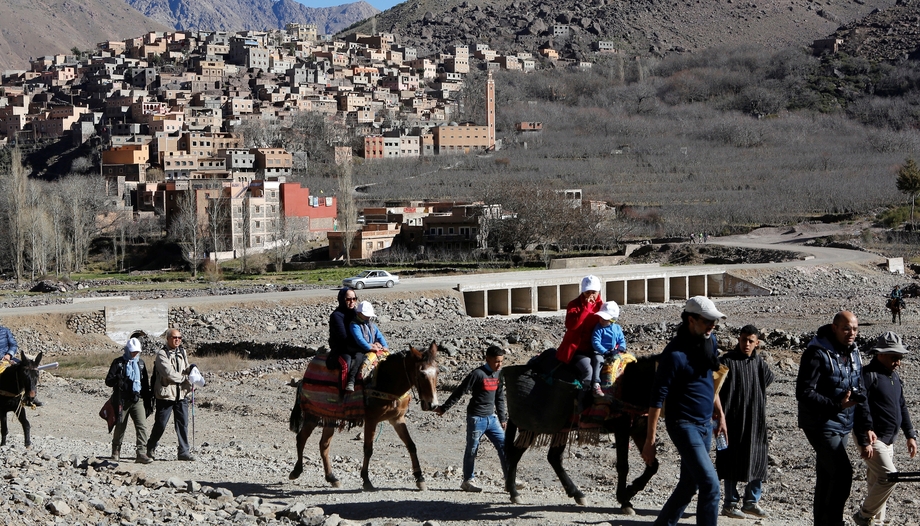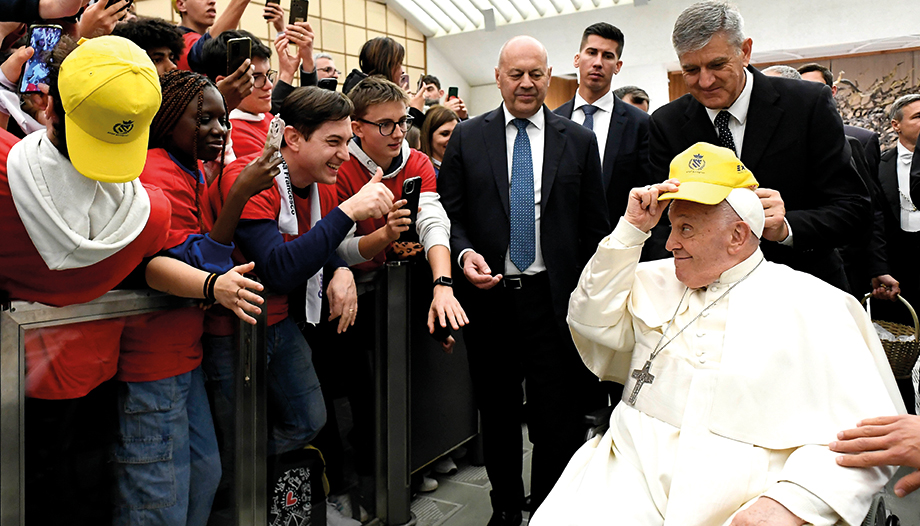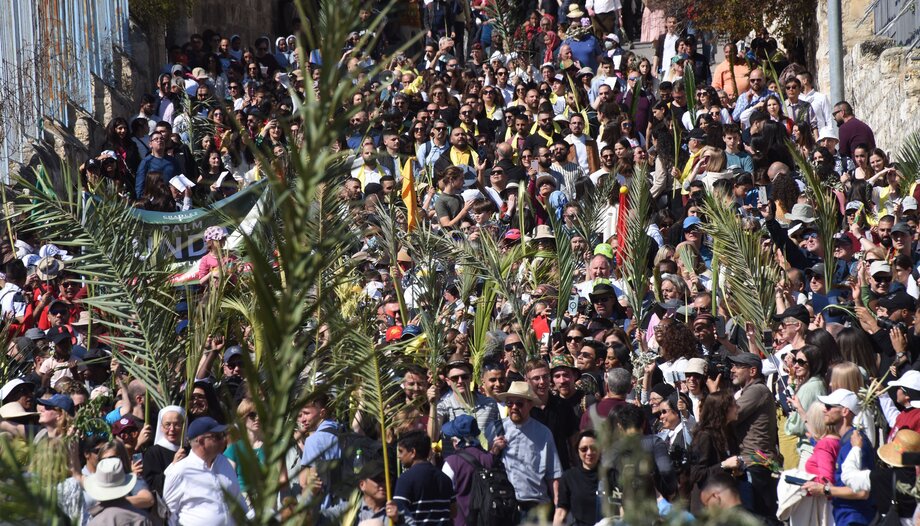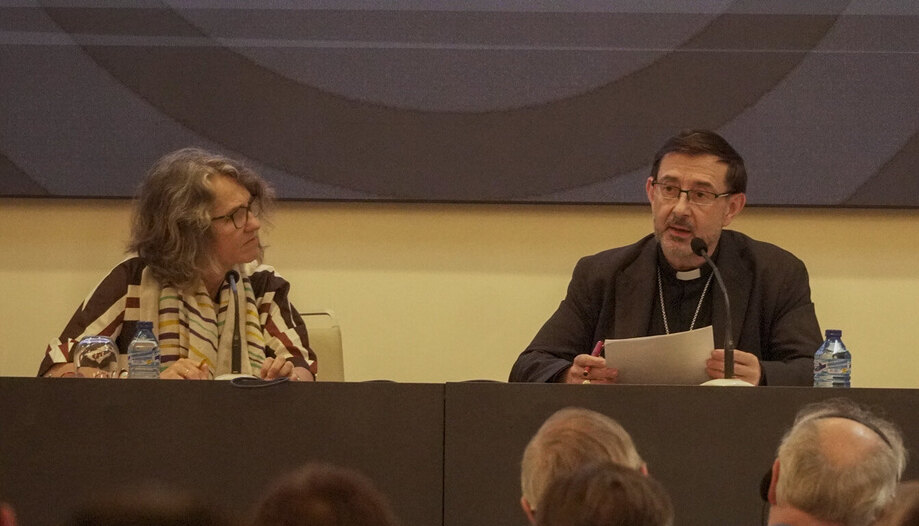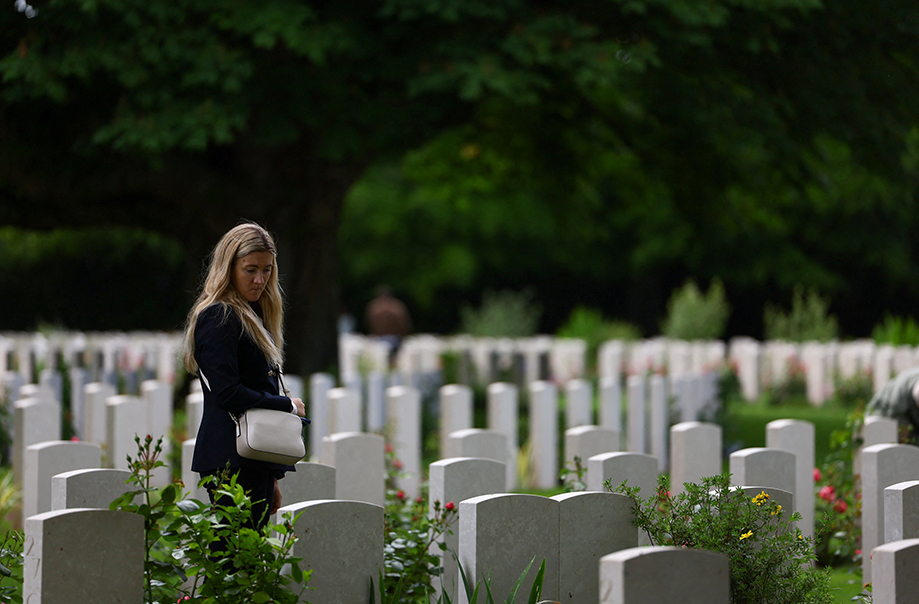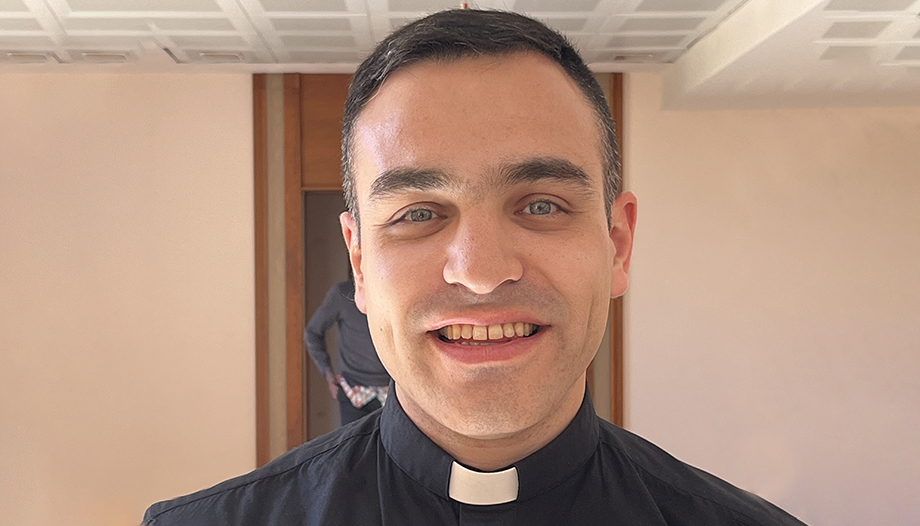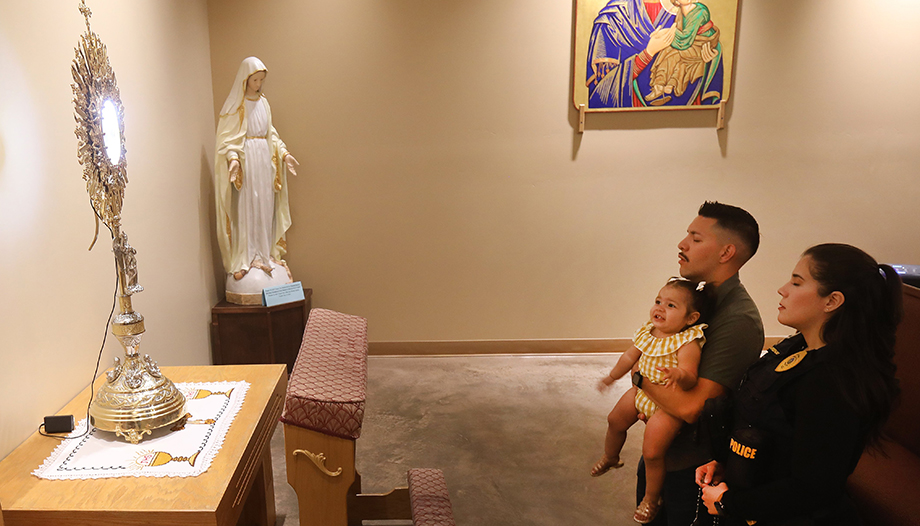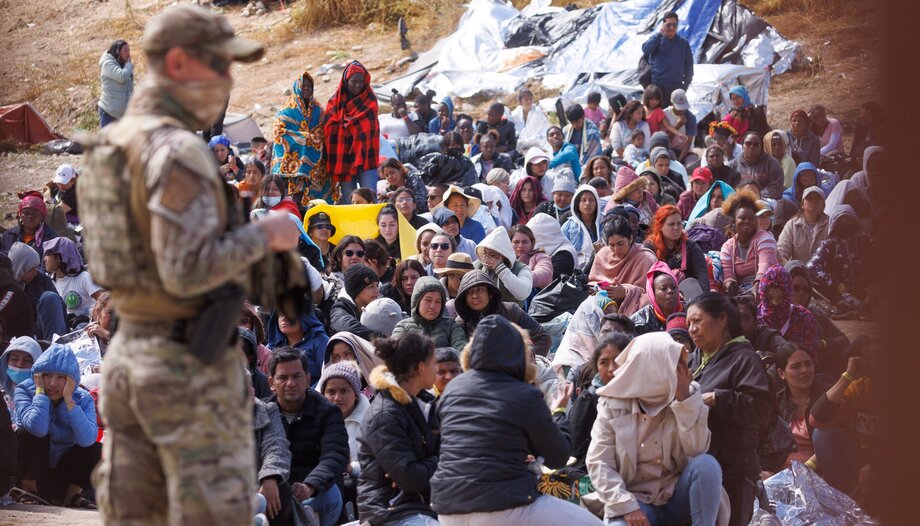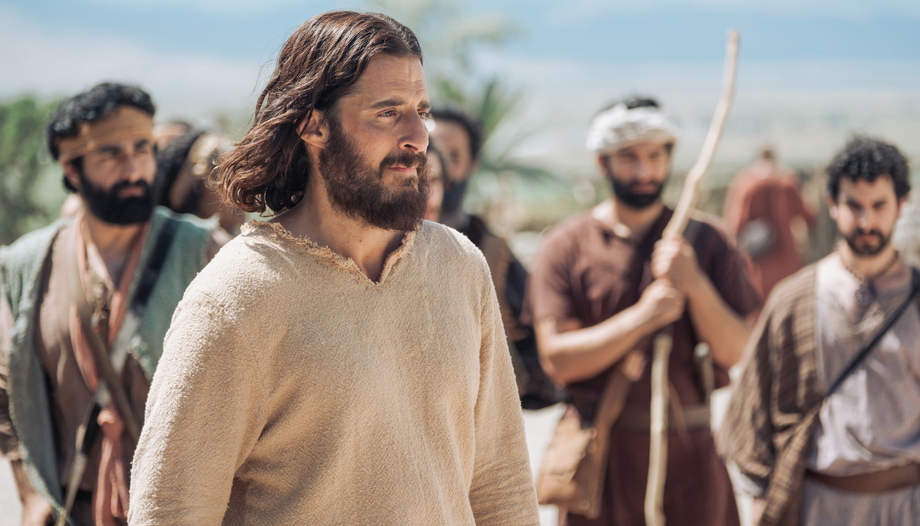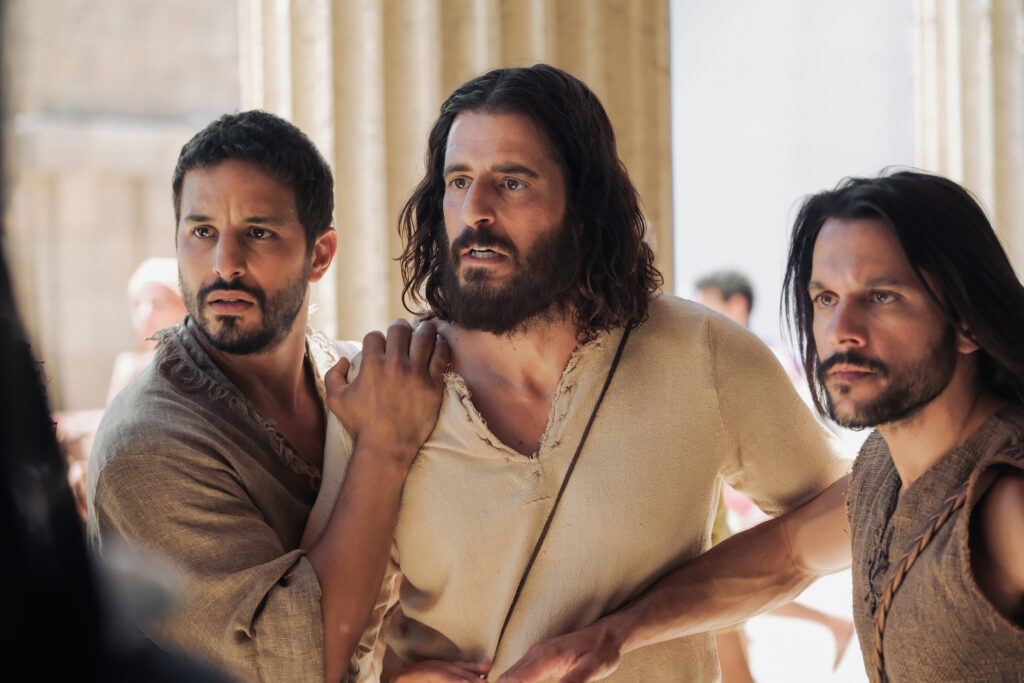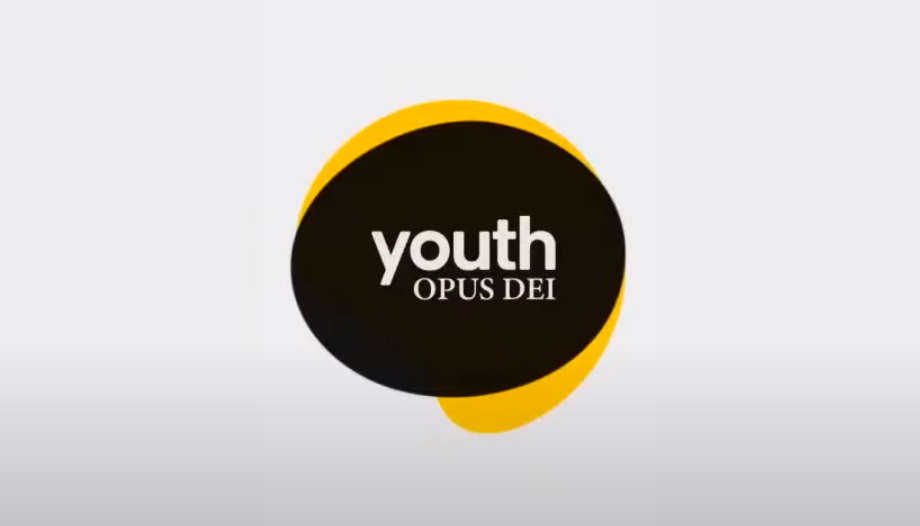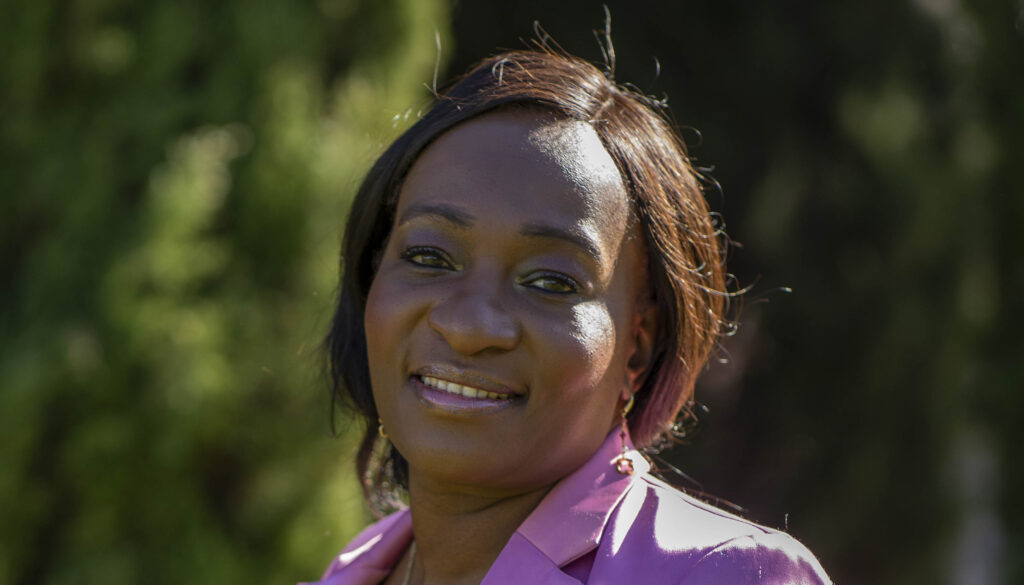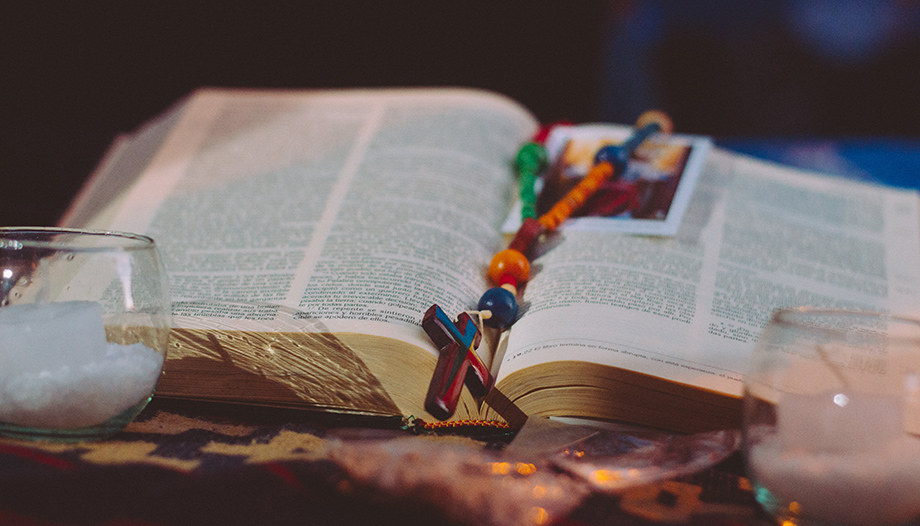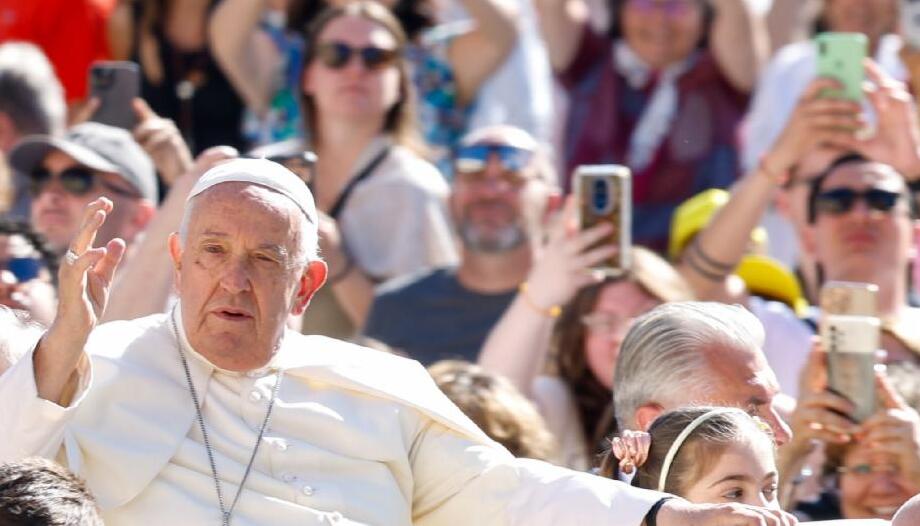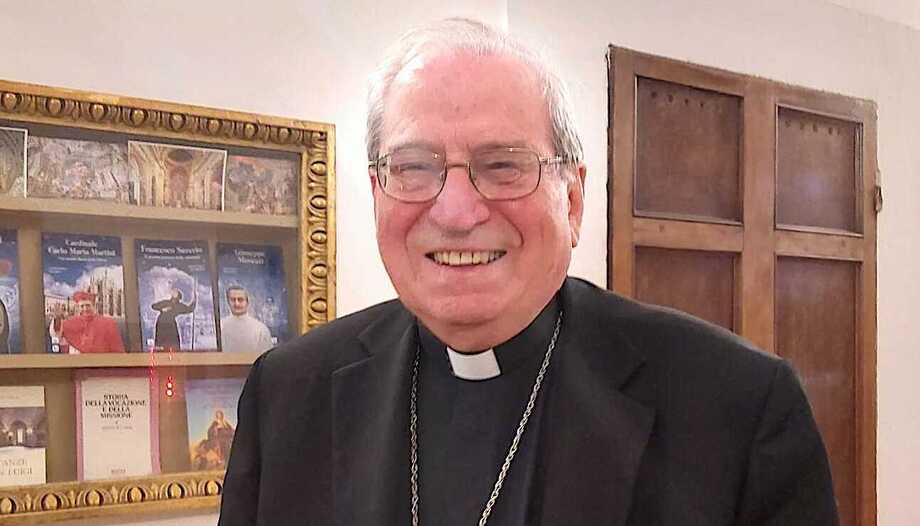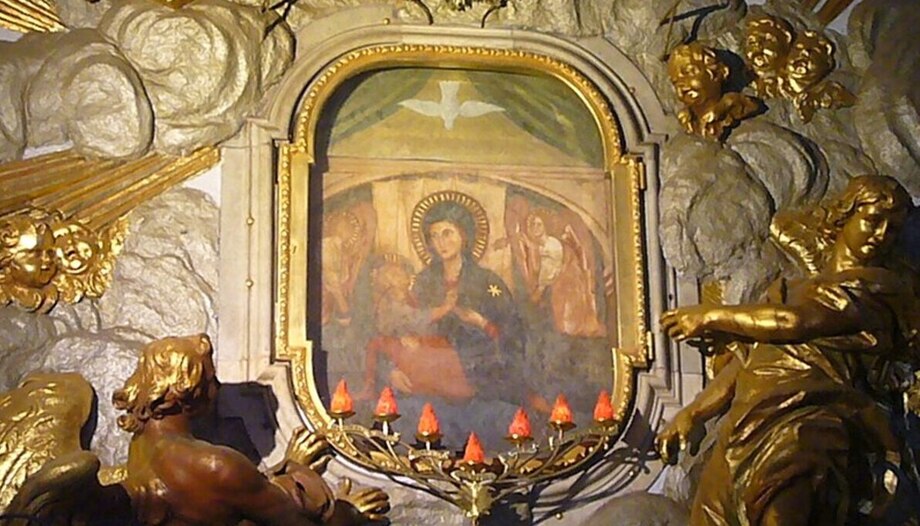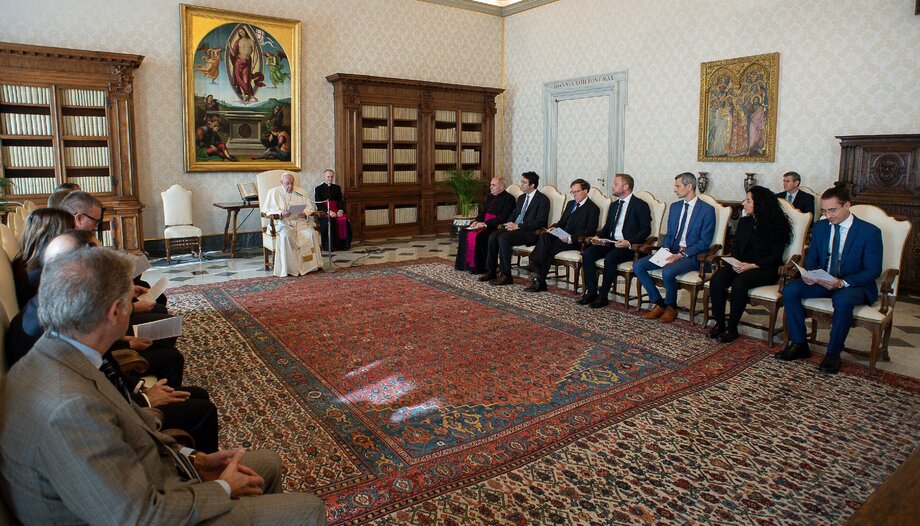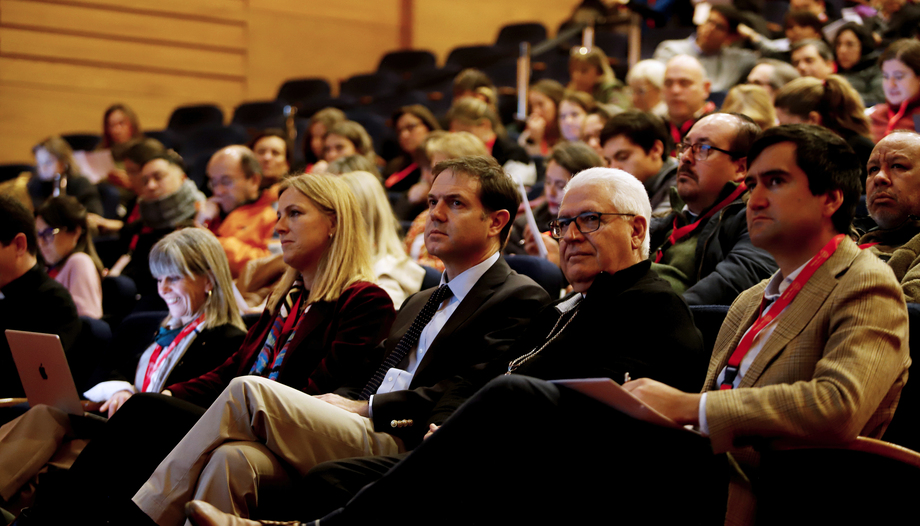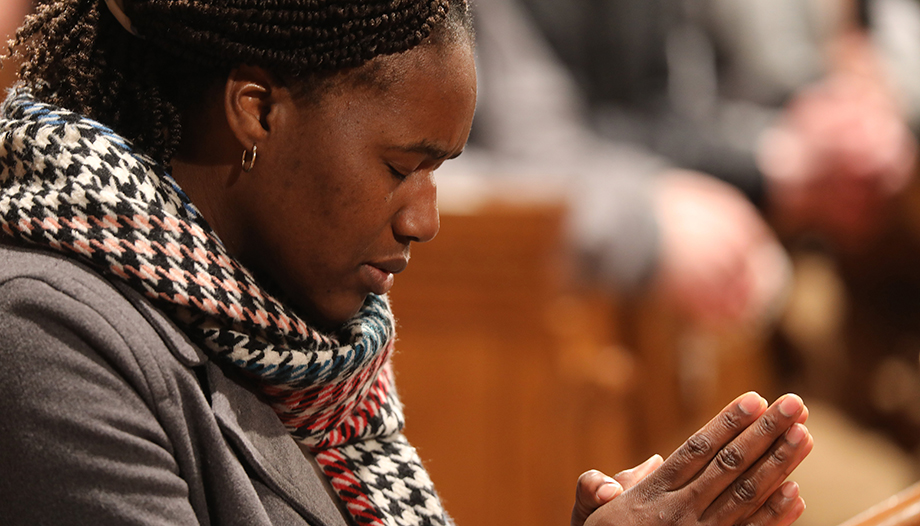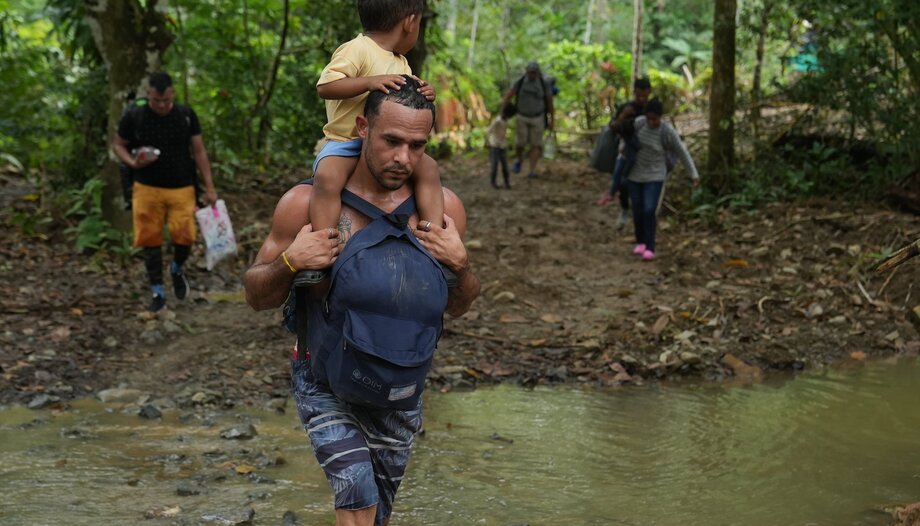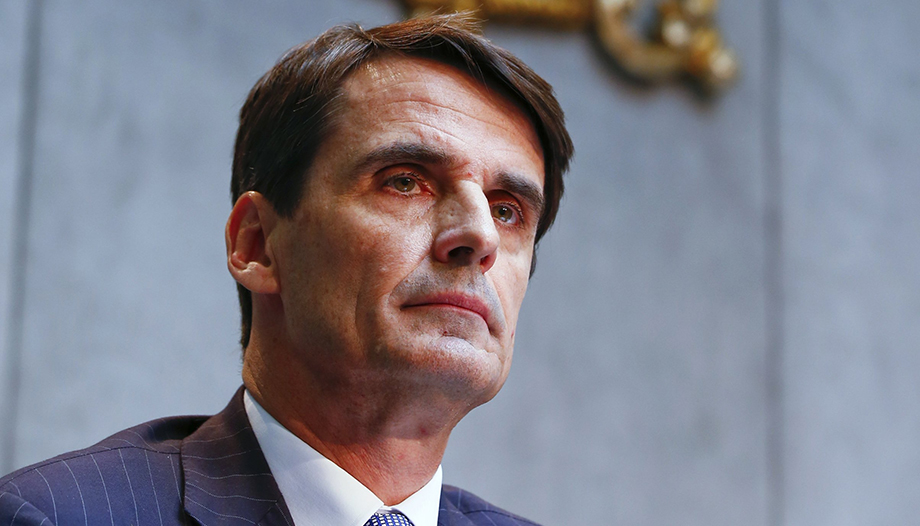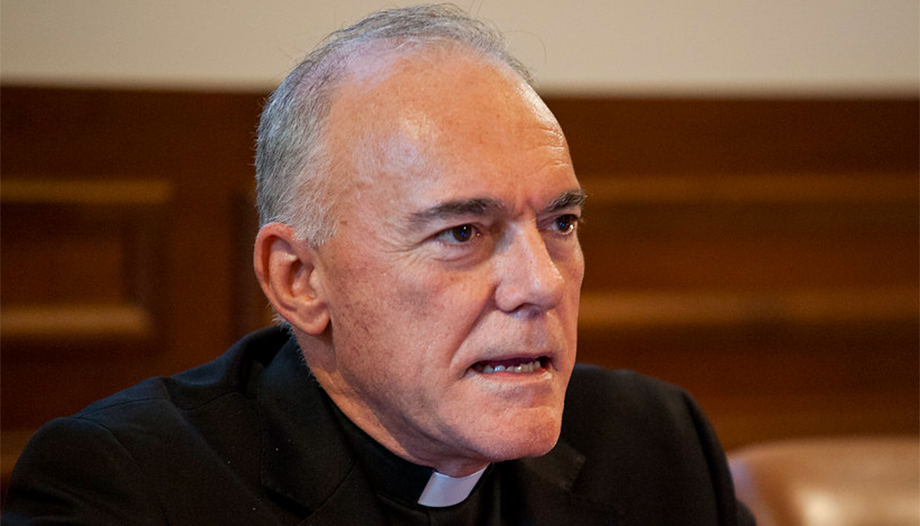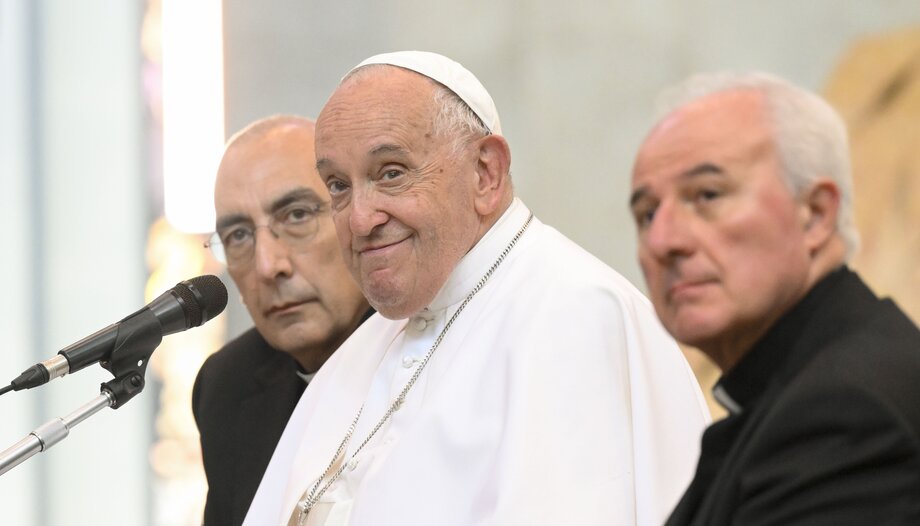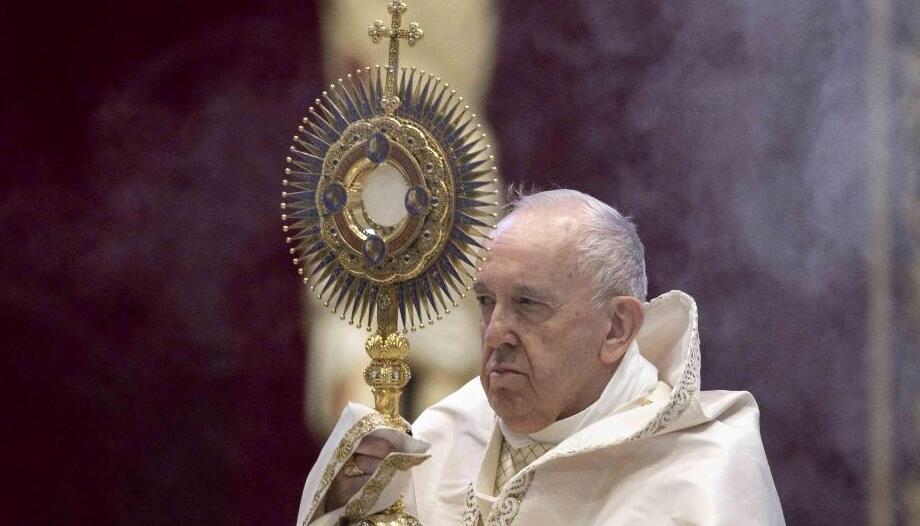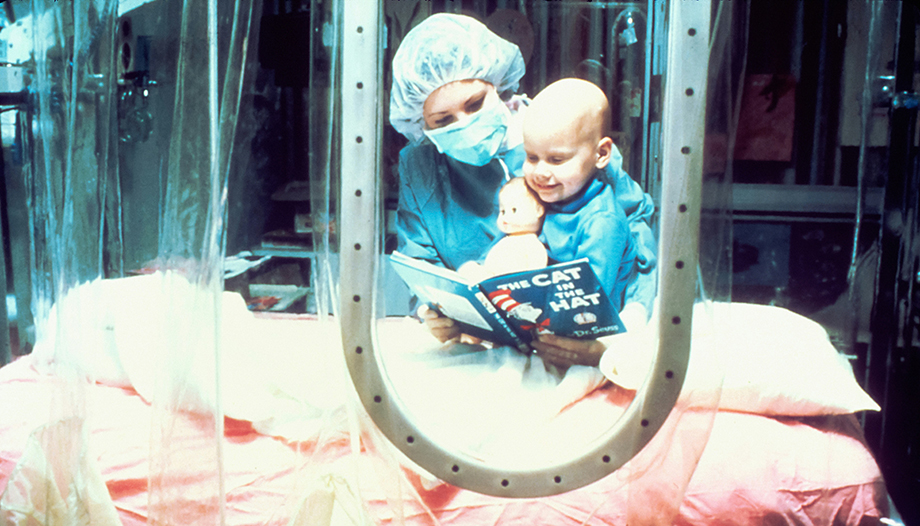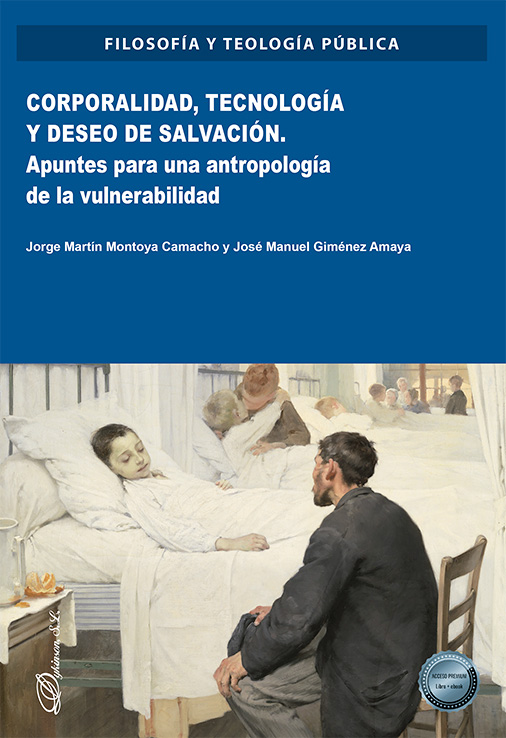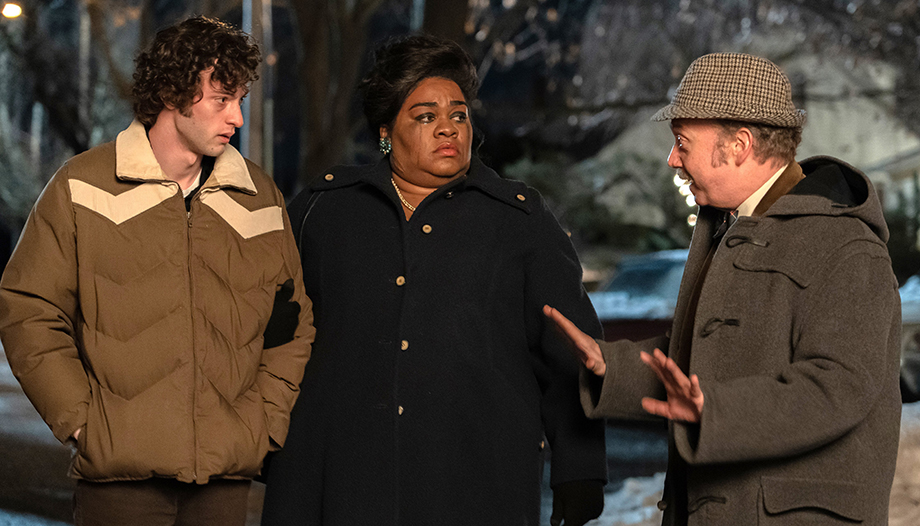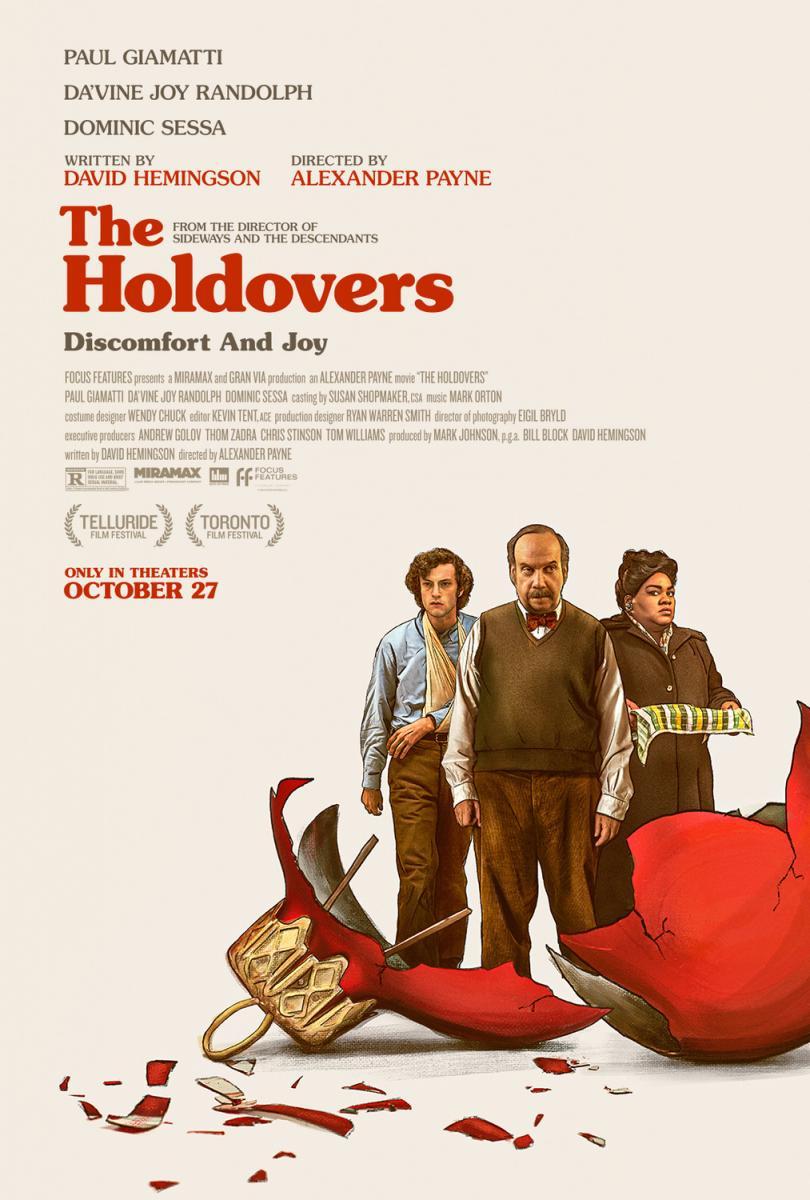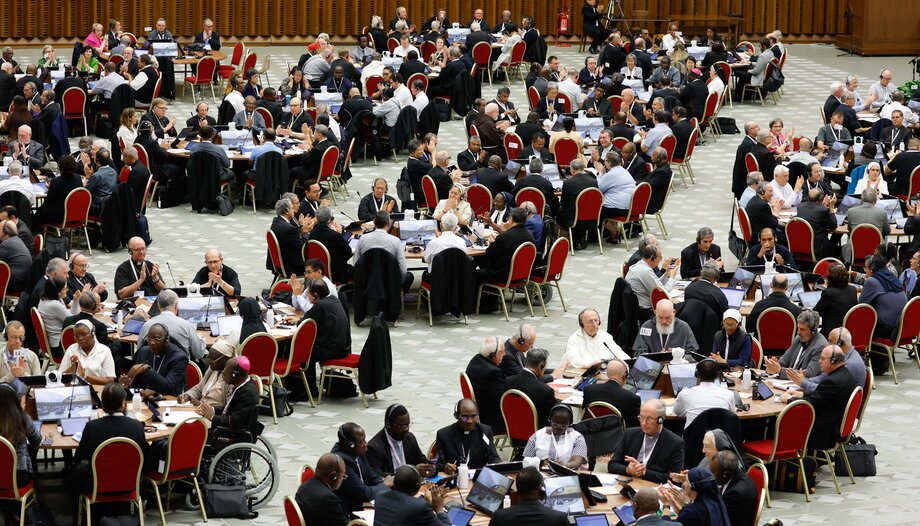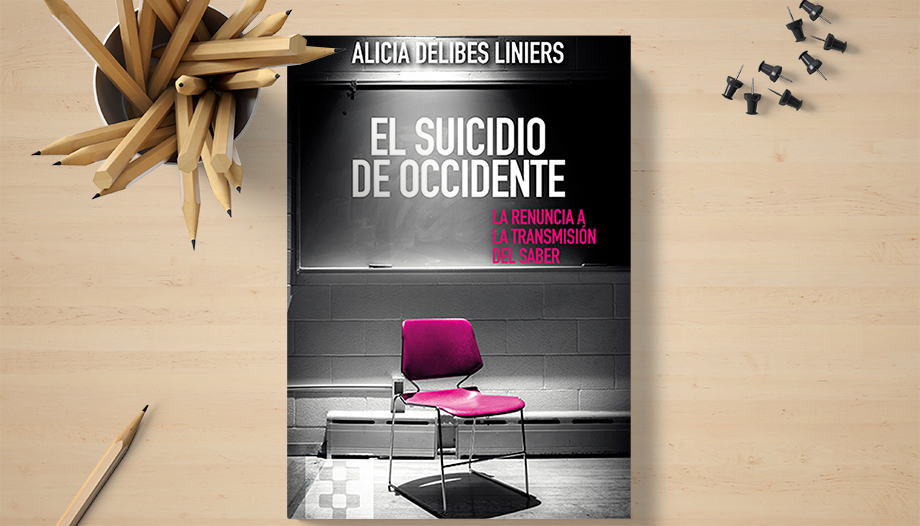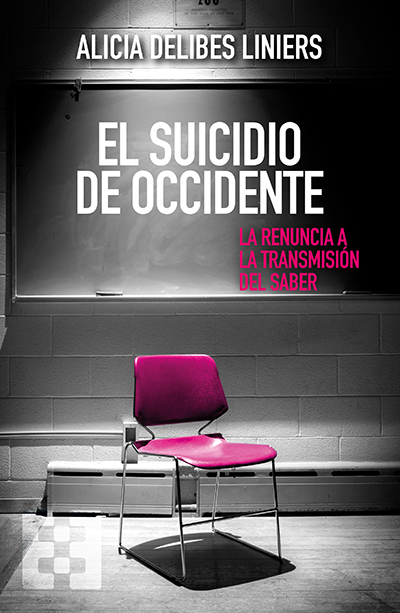How is a living being like a cathedral? The Christian tradition has compared Christian life to a living organism and also to a cathedral. In both cases a harmony is achieved, without the tension between the different elements that constitute both realities disappearing.
Therefore it could be said: the Christian life, supported by the virtues, is like a "living cathedral": a spiritual edifice that each Christian contributes, with his whole life, to build in himself and in others; and which rises up full of beauty, for the glory of God and a fuller life for mankind.
On Wednesday, May 22, the Pope concluded his catechesis on the vices and virtuesThe first of the series, which began on December 27 last year. In total there have been twenty-one Wednesdays almost without interruption. Francis developed his teachings in two main parts.
To continue with our metaphor, in the first part he warns of possible deformations or defects of this "living cathedral" (the vices); in the second part he presents the beauty and harmony of some of the main elements (the virtues).
The fight against capital vices
The first two Wednesdays were dedicated to introducing the theme by highlighting two key aspects of the Christian life. First, guarding the heart (cf. General Audience 27-VII-2023).
The book of Genesis (ch. 3) presents the figure of the serpent, seductive and dialectical, with his temptation about the tree of the knowledge of good and evil. It was a measure of prudence that God had used with man and woman, to preserve them from the presumption of omnipotence: a dangerous and ever-present threat.
But they entered into a dialogue with the devil, which should never be done. "The devil is a seducer. Never dialogue with him, because he is smarter than all of us and he will make us pay for it. When temptation comes, never dialogue. Close the door, close the window, close your heart.". To be custodians of the heart, the Pope points out, is a grace, a wisdom and a treasure to ask for.
Secondly, spiritual combat (cf. General Audience 3-I-2024). "Christian life -Francisco declares-. demands continuous combat"to preserve the faith and enrich its fruits in us. Even before baptism, the catechumens receive an anointing that helps and strengthens them for this struggle: "A Christian must struggle: his existence, like that of all the others, will also have to go down to the arena, because life is a succession of trials and temptations.".
But temptations are not a bad thing in themselves. Jesus himself stood in line with sinners to be baptized by John in the Jordan. And he wanted to be tempted in the desert to give us an example and to assure us that he is always at our side.
"For this reason -The successor of Peter points out. it is important to reflect on vices and virtues".. This "helps us to overcome the nihilistic culture in which the lines between good and evil remain blurred and, at the same time, reminds us that the human being, unlike any other creature, can always transcend himself, opening himself to God and walking towards sanctity.".
Specifically, "the spiritual combat leads us to look closely at those vices that chain us and to walk, with God's grace, towards those virtues that can flourish in us, bringing the springtime of the Spirit into our lives.".
In close relation to what Christian catechesis calls the deadly sins, the Bishop of Rome dwelt on some vices (cf. General Audiences, January 10 to March 6): gluttony, which must be overcome with sobriety; lust, which devastates relationships between people and undermines the authentic meaning of sexuality and love; greed, which opposes generosity especially with the most needy; anger, which is a form of violence that is not only a form of violence, but also a form of violence, which is a form of violence that is not only a form of violence, but also a form of violence., which destroys human relationships to the point of losing lucidity, while the Our Father invites us to forgive as we are forgiven; the sadness of the soul that closes in on itself, without remembering that a Christian always finds joy in the resurrection of Christ; laziness, especially in the form of acedia (which includes the lack of fervor in the relationship with God); envy and vainglory, which are cured by love of God and neighbor; and, finally, pride, which is opposed by humility.
Acting virtuously
The catechesis on vices was followed by the catechesis on virtues., beginning with a general consideration of virtuous behavior (General Audience, 13-III-2024). "The human being -explained the Pope. is made for the good, which truly realizes him, and he can also practice this art, making certain dispositions permanent in him". These are the virtues. The Latin term Virtus underlines the strength implied in every virtue. The Greek areta points out something that stands out and arouses admiration.
The virtues have enabled the saints to be fully themselves, to realize the vocation proper to the human being. "In a deformed world, we must remember the form in which we have been shaped, the image of God that is forever imprinted in us.".
Virtue requires a slow maturation, because it is a "virtue".habitual and steadfast willingness to do good" (Catechism of the Catholic Church1803), the fruit of the exercise of true freedom in every human act. To acquire virtue, the first thing we need is the grace of God; also, the wisdom that is a gift of the Holy Spirit, which implies open-mindedness, learning from mistakes, good will (ability to choose the good, through ascetic exercise and avoiding excesses).
An excellent book on virtues is Guardini's book on virtues, published in Spanish as An ethics for our time, in the same volume with another of his works, The essence of ChristianityMadrid 2006, pp. 207 ff.
Peter's successor explained: "Taking up the classical authors in the light of Christian revelation, theologians imagined the septenary of virtues - the three theological virtues and the four cardinal virtues - as a sort of living organism in which each virtue occupies a harmonious space. There are essential virtues and accessory virtues, like pillars, columns and capitals. Perhaps nothing like the architecture of a medieval cathedral can give an idea of the harmony that exists in the human being and of his continuous tension towards the good." (General Audience, 20-III-2024).
The Pope analyzes the virtues as they are presented, we could say phenomenologically or described according to human wisdom; he delves into them in the light of the Gospel, with reference to the Catechism of the Catholic Church; and, without forgetting the obstacles that we can encounter today on the road to these virtues, he points out the means to attain or increase them.
Francis expounded the cardinal virtues in the traditional order: prudence (which he complemented with patience), justice, fortitude and temperance. This took place during the general audiences from March 20 to April 17.
It is prudent - he pointed out - who knows".guarding the memory of the past"At the same time, he knows how to foresee, thinking ahead, in order to obtain the means necessary for the end he has in view. In the Gospel there are many examples of prudence (cf. Mt 7:24-27; Mt 25:1-3).
And the Lord encourages combining simplicity and shrewdness when He says:"I send you forth as sheep among wolves; be wise as serpents and harmless as doves."(Mt 10:16). And the Pope interprets: "It is as if to say that God not only wants us to be saints, but he wants us to be 'intelligent saints', because without prudence, going the wrong way is a matter of a moment!".
Justice, he maintained, should characterize our daily life and inform our language with simplicity, sincerity and gratitude. It leads one to revere and respect the laws, to seek the good for all and, therefore, to watch one's own behavior, to ask for forgiveness or sacrifice a personal good if necessary. It seeks order and abhors favoritism. He loves responsibility and is exemplary.
Regarding strength, observed: "In our comfortable West, which has 'watered down' everything a little, which has turned the path of perfection into a simple organic development, which does not need to fight because everything seems the same to it, we sometimes feel a healthy nostalgia for the prophets (...) We need someone to lift us up from the 'soft place' in which we have settled and make us repeat with determination our 'no' to evil and to everything that leads to indifference.(...); 'yes' to the way that makes us progress, and for this we must fight".
He explained the cardinal virtue of contemplation as self-mastery, which leads to personal and social maturity.
The life of grace according to the Spirit
Francis teaches that the cardinal virtues have not been replaced by Christianity, but have been focused, purified and integrated into the Christian faith in what we call "the cardinal virtues.the life of grace according to the Spirit"(cf. General Audience, 24 April 2024).
To this end, with baptism we are infused with the seeds of three virtues that we call theological, because they are received and lived in relationship with God (life of grace): faith, hope and charity (cfr. Catechism of the Catholic Church, 1813).
"The risk of cardinal virtues -said the Pope. is to generate men and women who are heroic in doing good, but who act alone, isolated". "On the other hand -he replied, the great gift of the theological virtues is existence 'lived in the Holy Spirit'.. The Christian is never alone. He does good not because of a titanic effort of personal commitment, but because, as a humble disciple, he walks behind the Master Jesus. He leads the way. The Christian possesses the theological virtues, which are the great antidote to self-sufficiency.".
Precisely to avoid this, the theological virtues are of great help: because we are all sinners and we make mistakes many times; because "....intelligence is not always lucid, will is not always firm, passions are not always governed, courage does not always overcome fear.". "But if we open our hearts to the Holy Spirit, the interior Master, He rekindles in us the theological virtues. Thus, when we lose confidence, God increases our faith; when we become discouraged, he awakens hope in us; and when our hearts grow cold, he kindles them with the fire of his love.". Faith - he will say the following Wednesday - enables us to see even in the dark; charity gives us a heart that loves even when it is not loved; hope makes us fearless against all hope.
Francis expounded on the theological virtues at the general audiences of May 1-15.
He pointed out that a great enemy of faith is fear (cf. Mk. 4:35-41), which can be overcome by trusting in our heavenly Father. Hope is the answer to the meaning of life, and it also relies on the power of Christ's resurrection, which enables us to have a young heart like that of Simeon and Anna. Charity, unlike the love that is on many people's lips influencers, has to do with the true love of God and neighbor: "Love of God and love of neighbor".Not the love that goes up, but the love that comes down; not the love that takes away, but the love that gives; not the love that appears, but the love that is hidden."."Love is the 'narrow gate' through which we must pass to enter the Kingdom of God. For in the evening of life we will not be judged by generic love, but judged precisely by charity, by the love we have concretely given." (cf. Mt 25:40).
Finally,the Pope dedicated an audience tohumility (cf. General Audience, May 22-2024). "Humility brings everything to the right dimension: we are wonderful creatures, but limited, with merits and defects."(cf. Gen 3:19). For Christians, science helps us to marvel at the mystery that surrounds and inhabits us, without pride or arrogance.
A model of humility, he concluded, is above all Mary, as she manifests in her song Magnificat.





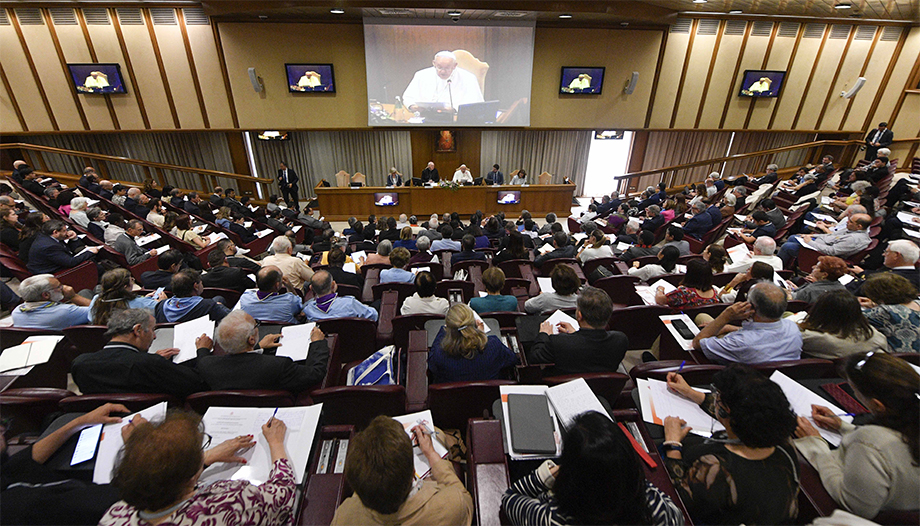





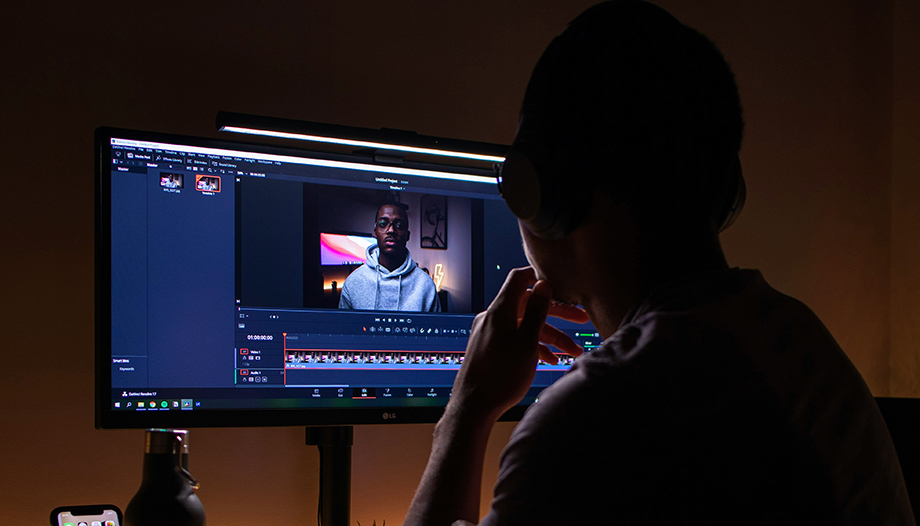
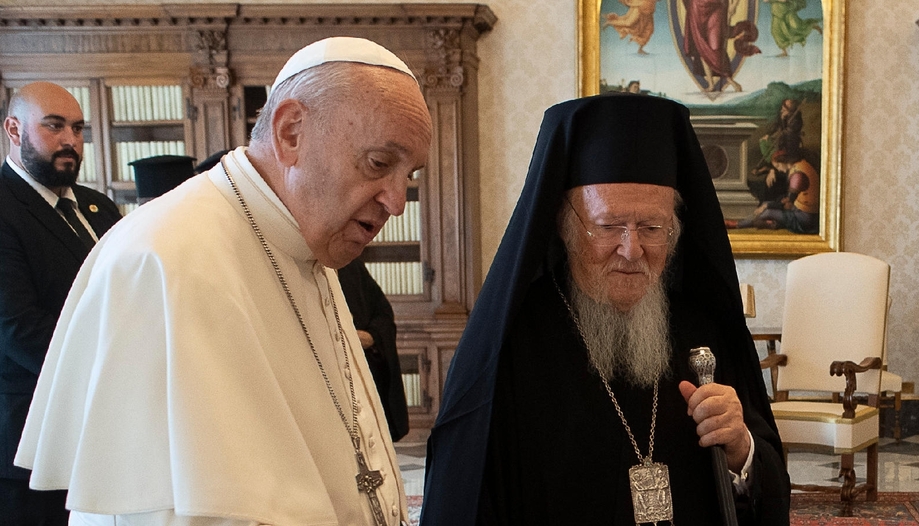
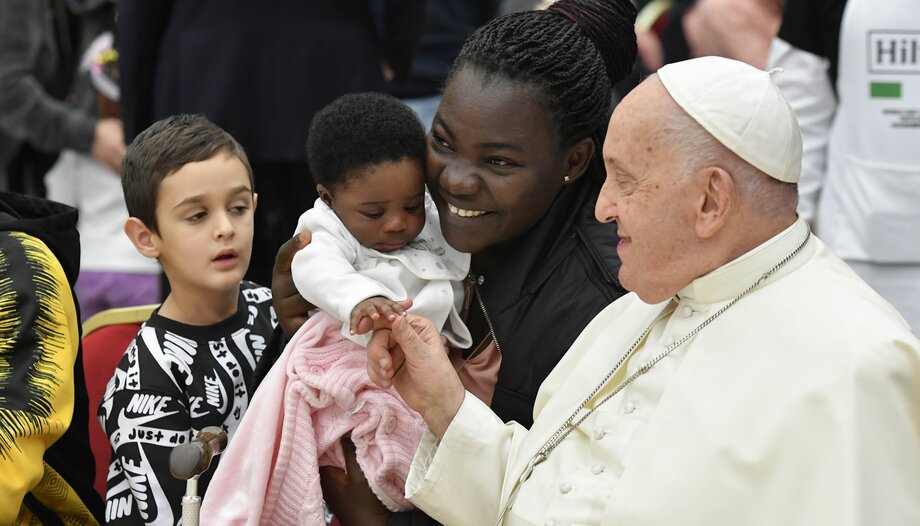
 "Prayer to God and solidarity with the poor are inseparable."
"Prayer to God and solidarity with the poor are inseparable."